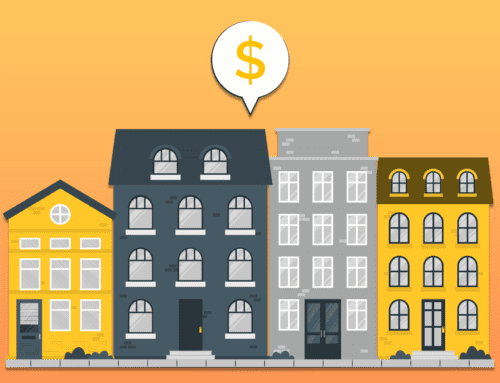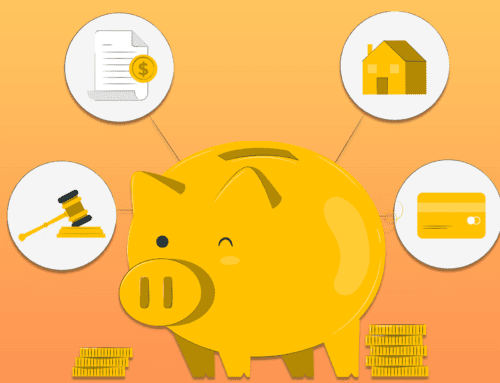Those sellers, and their agents – who understand and utilize Seller-carryback financing… will make more sales!
Open marketing financing and the rise of the subprime lending industry made it unnecessary to utilize seller-financing as much as had been done over the previous decades, at least in the SFR marketplace.
In the meantime, Seller-carryback financing has continued to be applied to all types of real estate besides home/condo sales: including manufactured homes on lots or land; small or large apartment buildings, office buildings, commercial, industrial, motels, warehouse properties; special purpose properties such as theaters, hospitals, senior care facilities; and raw land, farms, or ranches.
For real estate investors, in particular, seller-financing has continued to be a primary tool in achieving their investment objectives. This is true whether they are buying OR selling their investment properties. There are very compelling reasons for that.
Slammin’ Sam!
Many sellers mistakenly think they need to pull all of the equity out of the sale of their property. Uncle Sam doesn’t seem to think that’s such a good idea… especially for real estate investors. Otherwise, he wouldn’t pound us so hard with those tax hits when we sell for cash out – or reward us for structuring our real estate sales in certain other ways.
The most widely recognized may be U.S. Tax Code Sec. 1031 tax-deferred exchange, which is the bailiwick of perhaps the most educated and creative people in the real estate profession – professional Exchangors. But the U.S. Tax Code provides several other strong incentives that make it exceptionally profitable for real estate investors to consider the strategy of “both a lender, and a borrower be!”
One of these is the juicy incentive Uncle Sam throws investors in Tax Code Section 453 (Installment Sales), which allows investors to avoid the bulk of capital gains taxes ordinarily due on the sale of their investment property. Utilizing the Seller carryback installment payment technique, sellers can avoid what we call “tax friction” – deferring capital gains taxes by paying them in very small increments, over a long period of time. As a result, sellers are able to reinvest more of their capital gains profits for still even more profits.
And for dessert, Tax Code Sec. 163, allows investors to write off interest on debt used to finance the purchase of investment assets! Financing a high percentage of the purchase price generates a large interest deduction in the early years of ownership. This deduction provides a tax shelter that can shield positive cash flow, as well as the equity buildup occurring through principal reduction on the loan, from taxation. It may even shelter some of our other income from taxation as well.
Using Tax Code Sec. 163 in combination with Sec. 453, investors can often do a buy-and-sell transaction that compares more than favorable with Sec. 1031 Exchange benefits.
There are several other benefits too! Structured properly, Owner-financing allows a Seller to maximize the sale value of the property. The carryback note also gives investors a well-secured, high-yielding, near-cash asset that offers greater flexibility in building up their investment portfolios. And these notes allow us to add strength to our financial statements while earning much better returns than cash accounts – yet still providing a valuable tool for further acquisitions and pyramiding the growth of a tax-sheltered wealth accumulation base.
Depending on their objectives, sellers have multiple options, other than cash… to achieve maximum advantage for profit structuring, while moving the sale of their property along, and/or building an investment portfolio at the same time.
This article was modified from an article originally written by David Butler and posted to this site on 2007/04/04.






